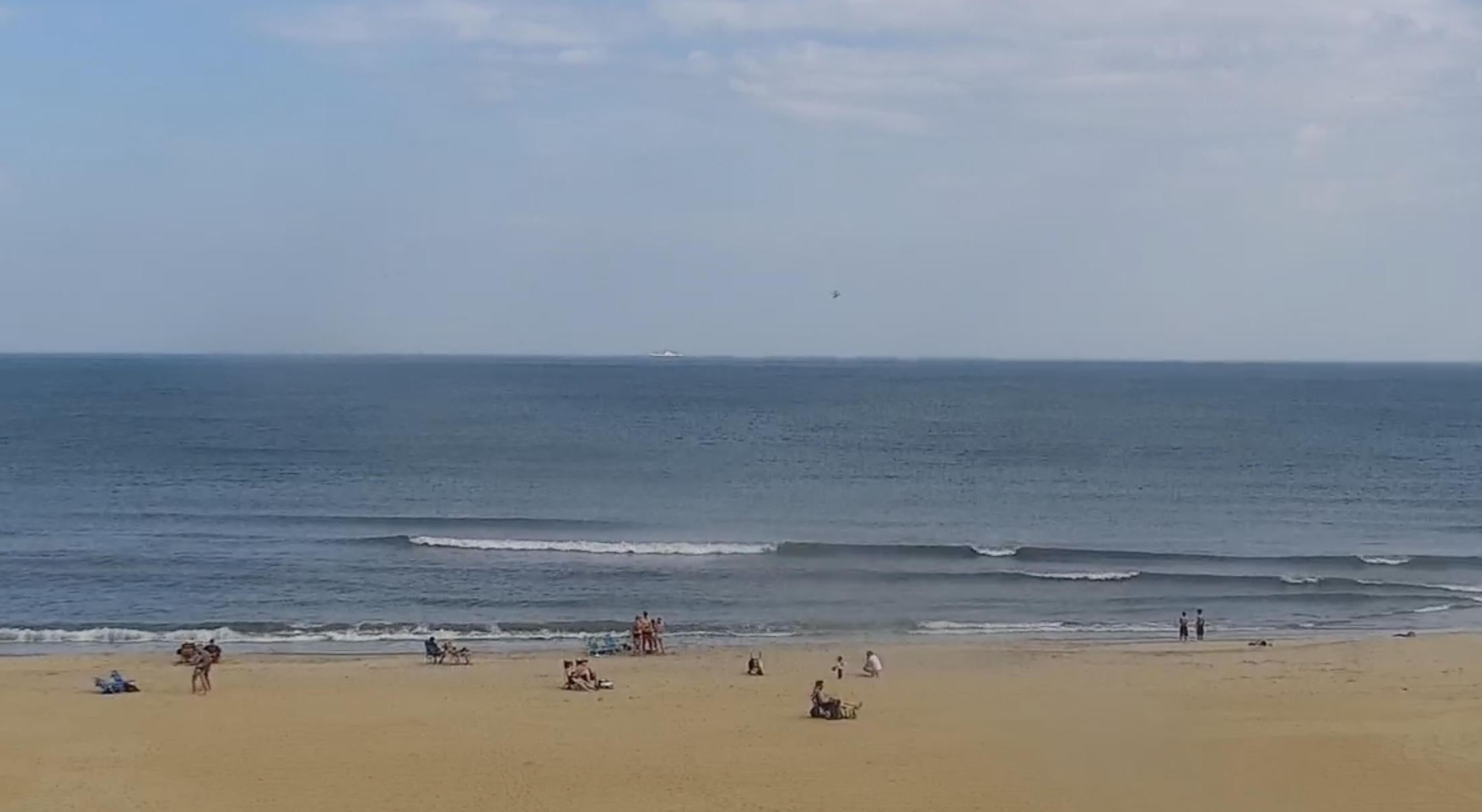An advancing front brought 30- to 50-mph winds overnight and kept Mark Brown awake on his boat that’s docked near Down Creek Gallery.
“I didn’t sleep at all, and every 20 minutes had to readjust my fenders,” he said. “Then I looked out the rear and saw this phantom white line go by.”
That white line was an anchored sailboat that had become unmoored and was heading for the Anchorage Marina docks.
“It hit a motor boat and I called the Coast Guard,” Brown said. Soon, another sailboat was loose and also headed for the same docks. “It was wild.”
Later, both boats, which have absent owners, were tied up at the NPS docks, and one of those boats has since sunk.
These unattended boats are one of several issues the Ocracoke Waterways Commission will tackle, said Tom Pahl, Ocracoke’s county commissioner who proposed the commission which Hyde County approved.
The various agencies that regulate the nation’s waterways overlap in their oversight of the harbor and the two inlets that serve the island.
While the Coast Guard enforces federal boating regulations, N.C. Fish and Wildlife officers enforce state regulations, such as having enough life preservers or proper lights; they can approach only boats that are underway.
“The weak link is when they drop anchor,” Pahl said.
A number of full- and part-time island residents live on boats in the harbor, which may take up space for boating cruisers who want to visit the island and continue on.
“If all we have out there is anchorage like floating motel rooms for part-time residents and no room for cruisers… we have to find a balance,” Pahl said.
All boats anchored in the harbor must lights at night and they need to properly dispose of waste. How long can boats be at anchor unattended? It’s unclear who enforces these regulations and how to deal with boats that become unmoored. Anchorage Marina personnel secured the unmoored boats in October.
“There are way more questions than answers,” he said. (See a related story published in December 2014 here and an editorial here .)
Fortunately, one of the issues the commission is concerned with—Big Foot Slough—the ferry channel about a mile west of the south end of the island, will get needed dredging this winter, sometime in late January or February.
Commission members learned this at the Oct. 16 meeting in the Community Center during a conference call with Jim Medlock, the draft navigation program project manager for the Army Corps of Engineers (ACE), Wilmington.
Two weeks before that meeting, the Sea Level ferry bumped ground coming through Big Foot on the 4:30 p.m. run from Swan Quarter, causing her to be taken out of service the next day for repairs, Pahl said.
A big issue the island has wrestled with for the last several years–shortening the ferry crossing between Hatteras and Ocracoke islands—was the focus of the November 20 commission meeting.
“We’re going to develop a strategy to come up with a way to get people through that channel more quickly,” Pahl said, noting that N.C. Ferry Division Director Harold Thomas said if we could shave 10 minutes off the current route, more ferries could make trips back and forth.
To that end, among the officials the commission has invited is Roger Bullock, chief of navigation for the ACE, who had attended the Ferry Division meeting on the island in April to discuss the shoaling problems in the Hatteras Inlet.
Also at the Oct. 16 meeting, Steve Coulter, a boat captain out of Hatteras who is a member of the Dare County Waterways Commission, advised the Ocracoke group that they need to educate themselves on all of the various state and federal regulations and players, Pahl said.
Coulter said state and federal bureaucracies do not move quickly and that commission members will need tenacity and patience.
“His advice was invaluable,” Pahl said.

























